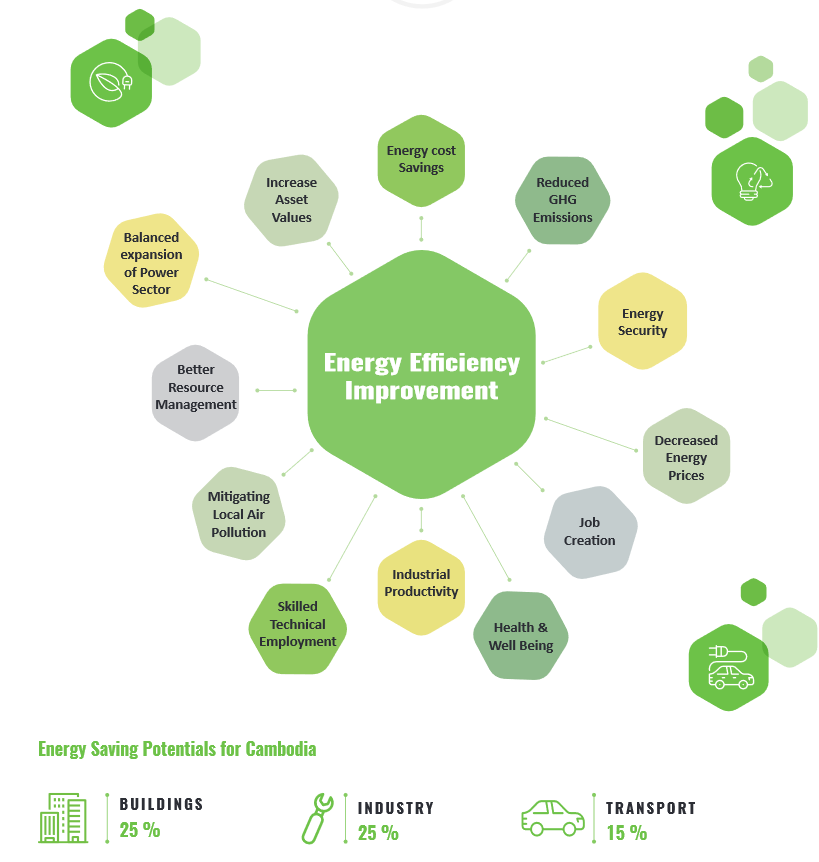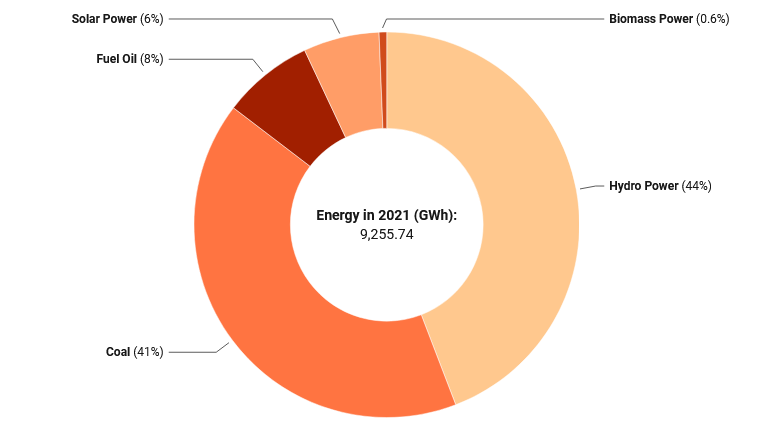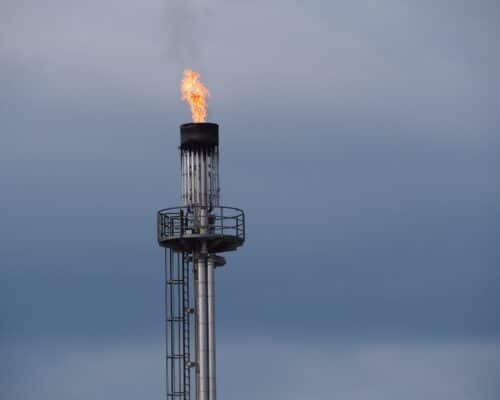Energy Efficiency in Cambodia – Paving the Way in Southeast Asia
10 February 2022 – by Viktor Tachev Comments (0)
Increased renewables adoption alongside efforts in energy efficiency in Cambodia is moulding a promising future for the country. Generally speaking, there is a unified consensus that energy efficiency will play a massive role in the energy transition, energy management and energy security. Yet, in many countries, it still lacks well-defined regulatory frameworks, which have led to decades of weak and slow progress. If governments, wherever they are, want to change this, Cambodia is proving to be a role model.
Cambodia’s Energy Efficiency Journey – Total Energy Consumption and Electricity Consumption
Between 2010 and 2018, Cambodia’s total energy consumption grew by 7.2% per year. Meanwhile, electricity consumption rose by 18.3% per year during the same period. Today, the infrastructure sector is the largest final energy consumer, with an estimated share of about 52%. Residential and commercial buildings consume almost 80% of the electricity in the country. In the future, with growth expected to continue, energy consumption from buildings will double by 2040.
Cambodia – Energy Demand and Electricity Prices
Despite the growth in the energy sector and economic development, Cambodia’s energy prices are relatively higher due to the lack of subsidies than its Southeast Asian counterparts. Additionally, it has to manage instabilities across the electricity network, leading to frequent power cuts and 30% of the energy used in buildings wasted.
Naturally, all these factors require retail, commercial and industrial sectors to reduce energy consumption and energy costs. Improving energy efficiency and conservation processes are the next logical step.
Government Action and the Importance of Taking Energy Efficiency Seriously
Over two years between 2015 and 2017, Cambodia’s Ministry of Mines and Energy developed its National Energy Efficiency Policy to promote energy efficiency across transport and building sectors. As a result, this led to Cambodia having an energy efficiency result of 5.1 MJ per USD as of 2018. This is 0.3 MJ per USD higher than the global average and ahead of Vietnam, Thailand, India, Indonesia and Malaysia.
Cambodia’s government is now trying to improve these results through a series of regulations and measures. For example, in 2019, the policy to improve building standards across the country was supported by introducing a new construction law. Building on this progress, the Ministry of Land Management, Urban Planning and Construction is also planning to introduce technical building regulations.
In 2020, Cambodia published its Energy Efficiency and Conservation Master Plan. While it lists a series of policies that will benefit energy efficiency, the focus is on measures that are low cost and have the most considerable potential to deliver meaningful gains in the short term across the economy. These include preparing energy efficiency indicators, education and campaign programmes, and introducing a labelling system. In a United Nations Development Programme (UNDP) report, energy efficiency measures in buildings could see up to 25% in energy savings by 2035. In other words, these savings are the equivalent of electricity produced by ten coal power plants.

Energy Efficiency and Renewable Energy Progress Boosting Cambodia’s Success
Cambodia’s energy efficiency and fast embrace of renewable energy are proving successful, yet it is still far from total decarbonisation. However, it is an undisputed leader across Southeast Asia. Cambodia has increased its renewable energy generation from a 10 megawatts (MW) pilot in 2017 to 372 MW in 2021. Renewable energy power sources now have a 51% share in the country’s total domestic energy production. The majority comes from hydropower (44%), with solar and biomass making up around 7%.

Cambodia plans to expand renewable energy by constructing seven power plants for power generation that will see an additional 495 MW of capacity by 2023. This will increase the solar share in electricity generation to 20%, aiming to reach 1,815 MW of solar power by 2030.
The government is also putting its money where its mouth is. In 2021, Suy Sem, Cambodia’s Minister of Mines and Energy, pledged to end new approvals for coal-fired power plants. This pledge is part of the government’s intention to increase renewable energy into a new energy master plan “to the maximum extent possible,” as quoted by Sem. Additionally, there are plans to make fossil fuels cleaner, develop utility-scale battery energy storage systems, and pursue greater energy efficiency.
Put together, energy efficiency is crucial. According to the International Energy Agency, energy efficiency, alongside renewables, are one of the two fundamental leverage points needed to achieve the Paris Climate Agreement objectives. The agency also considers energy efficiency a “cornerstone for building a secure and sustainable energy system.”
Cambodia’s Future
Energy efficiency will play a massive role in Cambodia’s clean energy transition, benefiting several sectors and contemporary issues. From accelerating carbon emissions reductions to reducing the investment needed for new power supply infrastructure. Ultimately, energy efficiency in Cambodia will trickle down to create employment, reduce poverty and improve competitiveness. Fortunately, capitalising on energy efficiency often requires little to no investment. Paired with steady clean energy progress and ambitious plans, Cambodia is fast becoming one of Asia’s green champions.

by Viktor Tachev
Viktor has years of experience in financial markets and energy finance, working as a marketing consultant and content creator for leading institutions, NGOs, and tech startups. He is a regular contributor to knowledge hubs and magazines, tackling the latest trends in sustainability and green energy.
Read more




